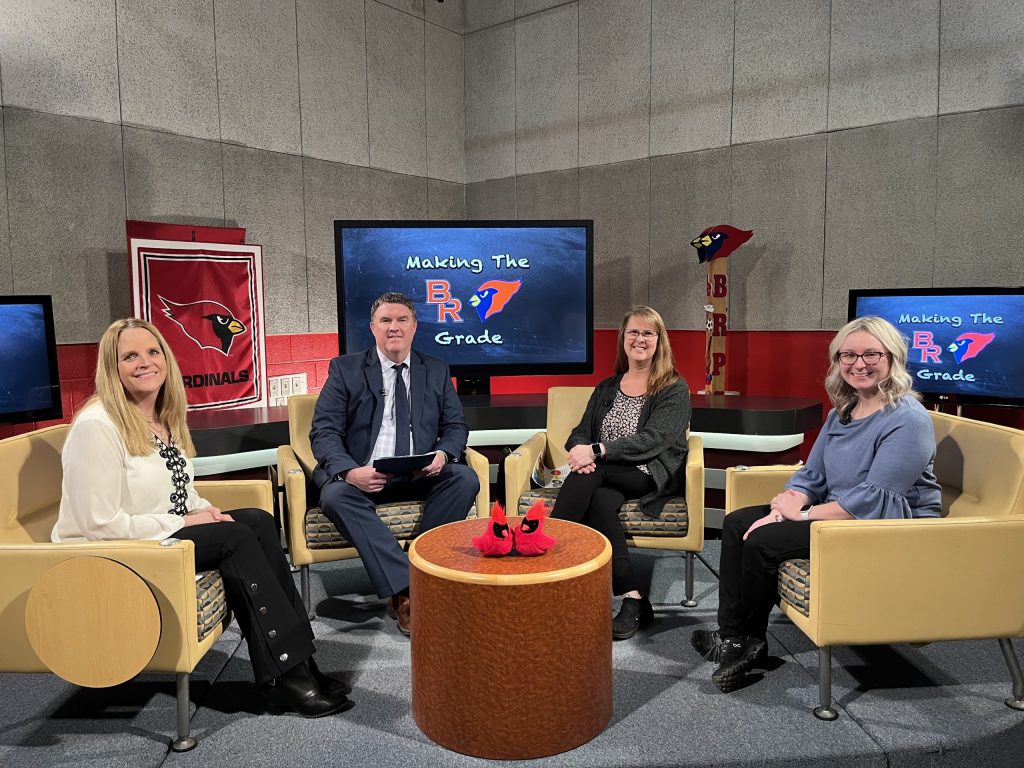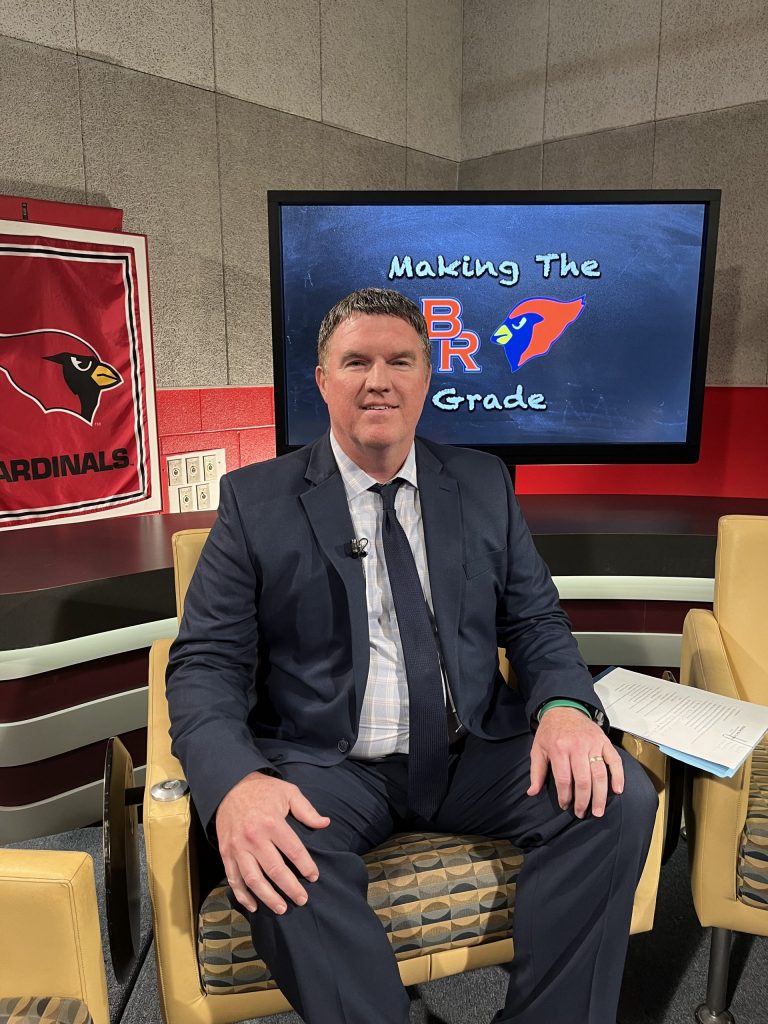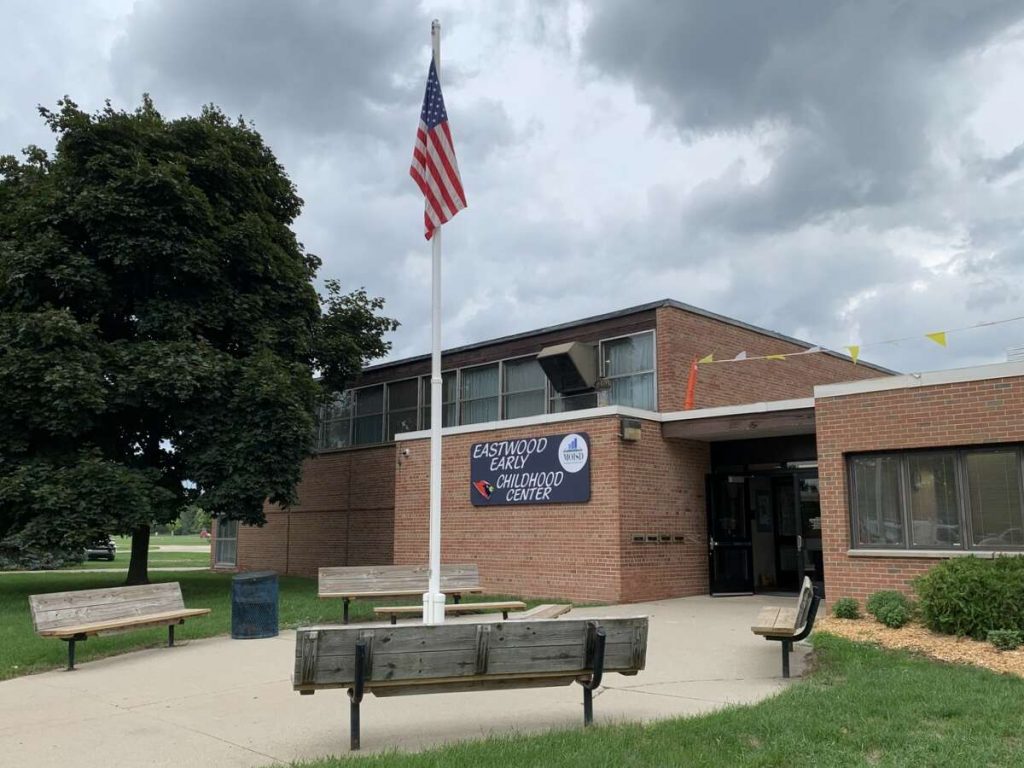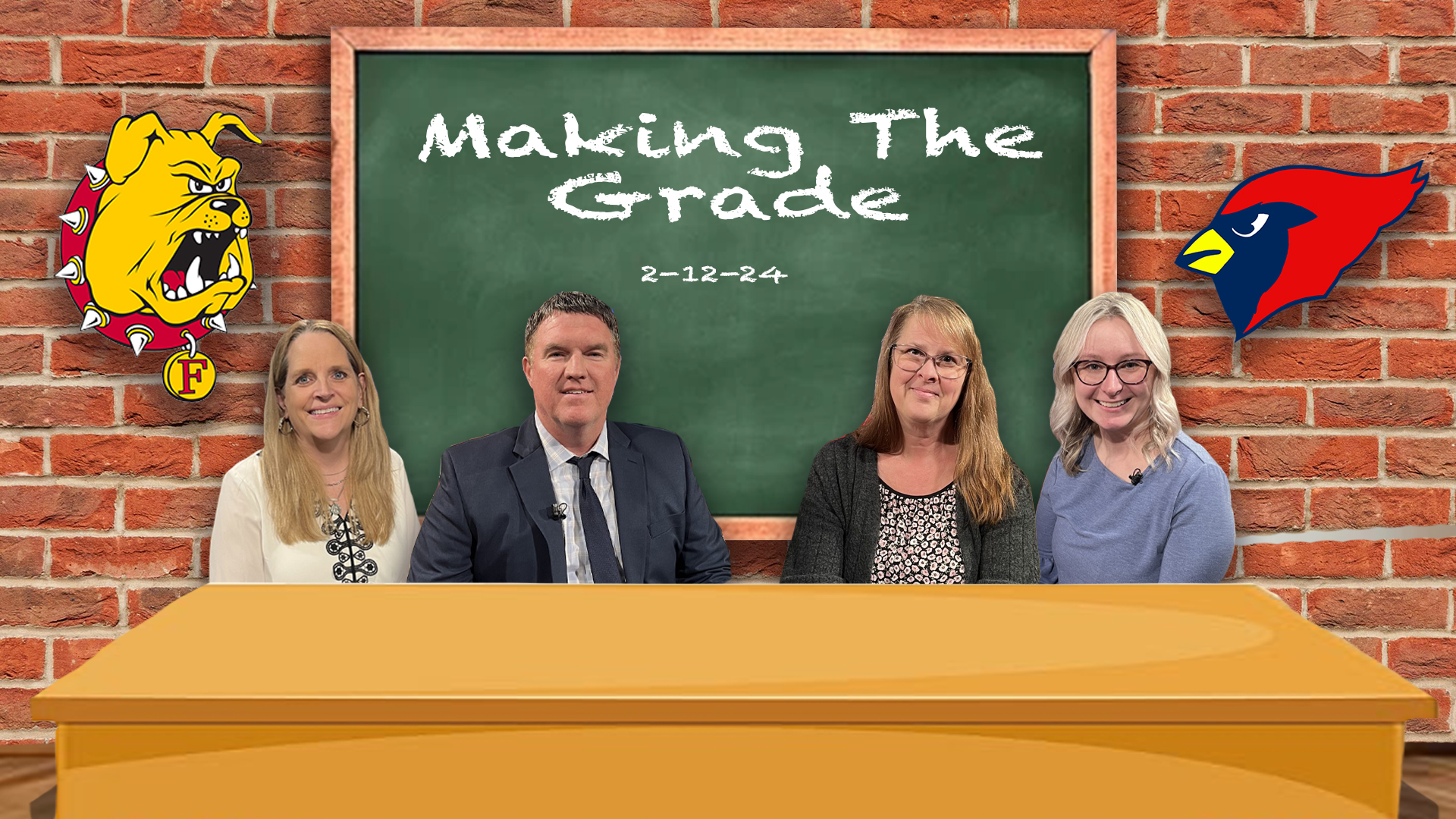Welcome to 2024 spring semester’s first episode of Making the Grade. In this week’s episode we hear from DeAnna Goodmen, Tiffany Wolak, Justine Bouman, and host Tim Haist about Eastwood Elementary School and the process of bringing kindergarten back to the school.
They start off the episode talking about how Eastwood Elementary was closed by Big Rapids Public Schools (BRPS) about 13 years ago, due to consolidation and budget cuts. They wanted to keep the building accessible to them, in case they needed to use it again, so they partnered with MOISD to take over the building. They shared usage of the building for MOISD and BRPS activities and events.
As Big Rapids has continued to grow, the decision was made to take Eastwood and reintroduce it back to BRPS on a full-time basis. A good working relationship was maintained between MOISD and BRPS during this process. Even with the building being brought back under the control of BRPS, several of the programs were able to remain operational and available of the community:
1) GSRP – Great Start Readiness Program
Child must be 4 by September 1 to attend
Begins the second week of September
Classroom size: 16 students to 2 adults
231-592-9605 – Kaylee Klaus, Program Administrator
2) ECSEP – Early Childhood Special Education Program
3–4-year-olds
Young kindergarten was brought back to the Eastwood Elementary building a few years ago, and is still operating there. Young kindergarten is a readiness program to prepare kids for kindergarten.

from left to right: DeAnna Goodmen, Tim Haist, Tiffany Wolak, Justine Bouman,
Haist goes on to ask Bouman what she thinks the benefits are for teachers teaching the same
grade level in one building. She answers that it is nice to be able to bounce ideas off each other,
plan together and talk through issues with each other. Haist asks a similar question to
Goodman. She says that the amount of collaboration they have is great, and they even have
after school meetings to ensure they are on track with their curriculum and to help each other
out.

Tim Haist
They continue to discuss the benefits for students being surrounded by kids that are all the
same age. Bouman says that it helps kids transition into larger schools with more grade levels.
This early education building allows for children to learn the basics of attending a public school
before moving on. She also says it is nice that children do not have to feel intimidated by the
presence of older kids either. Wolak goes on to discuss how by being with the same age group,
kids get more of a chance to show leadership qualities.
Next, Goodman explains the new “Flight School.” Once a month highschoolers, middle
schoolers, or even older elementary students come to the early education building to model for
the younger students. They model how to be a student and do things like raise your hand, walk
in the hallway, and handle conflict, for example. So far, this program has been very successful!
Wolak talks about what it means to be a school social worker. She explains that she is there as a
bridge where there are gaps. She is there to help with social and emotional issues, advocating
for students’ needs, helping families find resources, and more.

Picture from Big Rapids Pioneer
Wolak, talks about how she has looked deeply into the impact of COVID on the children. She witnessed changes in how they interact with each other.
Eastwood isn’t just observing; they’re innovating. They’ve rolled out this fantastic program called
Zones of Regulations. Every emotion is a color, blue, green, yellow, and red. It’s like a language
of feelings. The kids open up about what ‘zone’ they’re in, and it’s not just about naming it; it’s
about understanding it. So, if they’re not feeling great, they’re maybe in a yellow or red zone,
right? The teachers are like these emotional superheroes, swooping in with coping skills to
guide them back to green. Green is where the kids are calm, ready to learn, and just radiating
good vibes. When one kid hits green, it’s contagious in the best way; they start spreading that
positive energy around. It’s more than just a behavior program; it’s like emotional education.
They’re learning to express themselves, support their friends, and build a community that’s not
just about academics but about being well-rounded, emotionally savvy individuals. It’s a
game-changer, honestly. They’re not just teaching math and reading; they’re teaching life.
Thanks for reading, tune in next time
